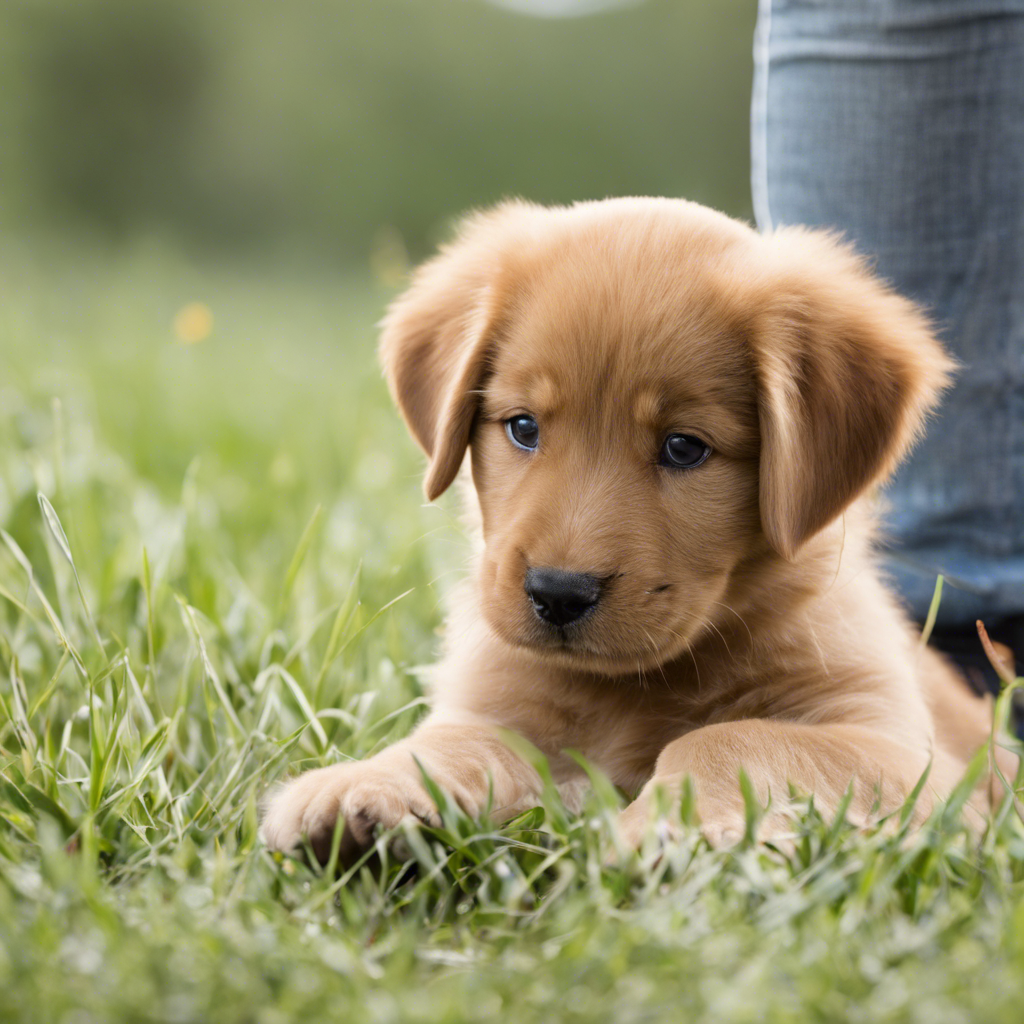Puppyhood is an exciting and adorable phase, but it can also come with its fair share of challenges, one of which is fear periods. These are critical stages in a puppy’s development when they may become more sensitive and prone to developing fears and phobias. Recognizing and addressing these fear periods is essential for every dog owner to ensure their furry friend grows up to be a confident and well-adjusted canine companion.
Fear periods are specific stages during puppyhood when puppies are more receptive to learning, but also more vulnerable to negative experiences. The first fear period typically occurs between 8 and 11 weeks of age, and the second one between 6 and 14 months. During these times, puppies may become apprehensive of new experiences, people, or objects, and any negative or traumatic events can have a lasting impact on their future behavior. It’s crucial to handle these periods with care to prevent long-term fear-related issues.
**Understanding Fear Periods**
Fear is a natural and normal emotion for puppies, and it plays a vital role in their survival and adaptation. In the wild, fear helps young animals avoid predators and dangerous situations. However, in our domesticated dogs, fear can sometimes be triggered by everyday occurrences, leading to behavioral problems if not addressed appropriately. Puppies go through these fear periods as a part of their developmental journey, and they can be quite sensitive during these times.
During these periods, puppies may show signs of anxiety or fearfulness when encountering new things. They might cower, tremble, or try to hide when faced with unfamiliar people, animals, or objects. Some common triggers include loud noises, busy environments, strange objects, or even certain types of surfaces. Puppies may also exhibit a reluctance to explore or interact, preferring to stay close to their owners or familiar surroundings.
It’s important to differentiate between normal fear responses and potential phobias. Fear is a natural reaction to potential threats, while phobias are excessive and irrational fears that can develop when a fear response is not properly addressed. Phobias can severely impact a dog’s quality of life, leading to avoidance behaviors and, in some cases, aggression.
**Signs of Fear in Puppies**
Recognizing the signs of fear in your puppy is the first step in helping them overcome it. Some common indicators of fear include:
1. **Body Language:** A fearful puppy may lower its tail, tuck in its tail between its legs, or keep its tail rigid. They might also flatten their ears, cower, or tremble.
2. **Vocalizations:** Excessive barking, whining, or crying can be signs of anxiety or fear, especially in new or unfamiliar situations.
3. **Avoidance Behavior:** Puppies may try to escape or hide when they sense something that frightens them. They might also display submissive postures or freeze in place.
4. **Toilet Accidents:** Puppies may have accidents even if they are house-trained, due to the stress caused by their fear.
5. **Aggression:** In some cases, a frightened puppy might growl, snap, or bite if they feel threatened or cornered.
**Helping Your Puppy Through Fear Periods**
The good news is that you can support and guide your puppy through these fear periods with patience and understanding. Here are some effective strategies:
– **Socialization:** Proper socialization is key to building confidence in your puppy. Expose them to various people, animals, and environments, but do it gradually and positively. Ensure these experiences are enjoyable and rewarding.
– **Desensitization and Counter-Conditioning:** If your puppy is afraid of a specific trigger, gradually expose them to it in a controlled and safe way. Start at a distance where they show no fear and reward them for calm behavior. Slowly decrease the distance over time, helping them associate the trigger with positive experiences.
– **Create a Safe Space:** Provide your puppy with a cozy and secure area, like a crate or a quiet room, where they can retreat when they feel overwhelmed. This gives them a sense of control and safety.
– **Positive Reinforcement:** Reward your puppy for calm and confident behavior. Treats, praise, and affection can go a long way in building their confidence.
– **Avoid Punishment:** Punishing a fearful puppy will only make the fear worse. Instead, focus on encouraging and rewarding brave behavior.
– **Patience and Consistency:** Fear periods can be challenging, but with patience and consistent positive experiences, your puppy will learn to manage their fears.
**Dealing with Specific Fears**
If your puppy has developed a specific fear, such as fear of loud noises or unfamiliar people, targeted training can help:
– **Noise Sensitivity:** Desensitize your puppy to loud noises by playing recordings at a low volume, gradually increasing the volume over time. Reward them for calm behavior.
– **Fear of Strangers:** Arrange supervised meetings with friendly people, rewarding your puppy for interacting with them. Gradually introduce more people and new environments.
– **Fear of Objects:** Use treats and positive reinforcement to encourage your puppy to investigate unfamiliar objects, rewarding them for brave behavior.
**Seeking Professional Help**
If your puppy’s fear becomes severe or persistent despite your efforts, it’s advisable to seek help from a professional dog trainer or animal behaviorist. They can provide tailored guidance and support to address the issue effectively. Some fears and phobias, if left untreated, can lead to more serious behavioral problems as your puppy grows into adulthood.
**Conclusion**
Fear periods are a natural part of a puppy’s growth, but with proper understanding and care, you can help your furry friend navigate these challenging stages. By recognizing the signs of fear and providing appropriate support, you’ll be helping your puppy develop into a well-rounded and confident dog. Remember, every puppy is unique, and the approach may vary, but with patience and love, you can guide them through these fear periods and create a strong bond that will last a lifetime.

